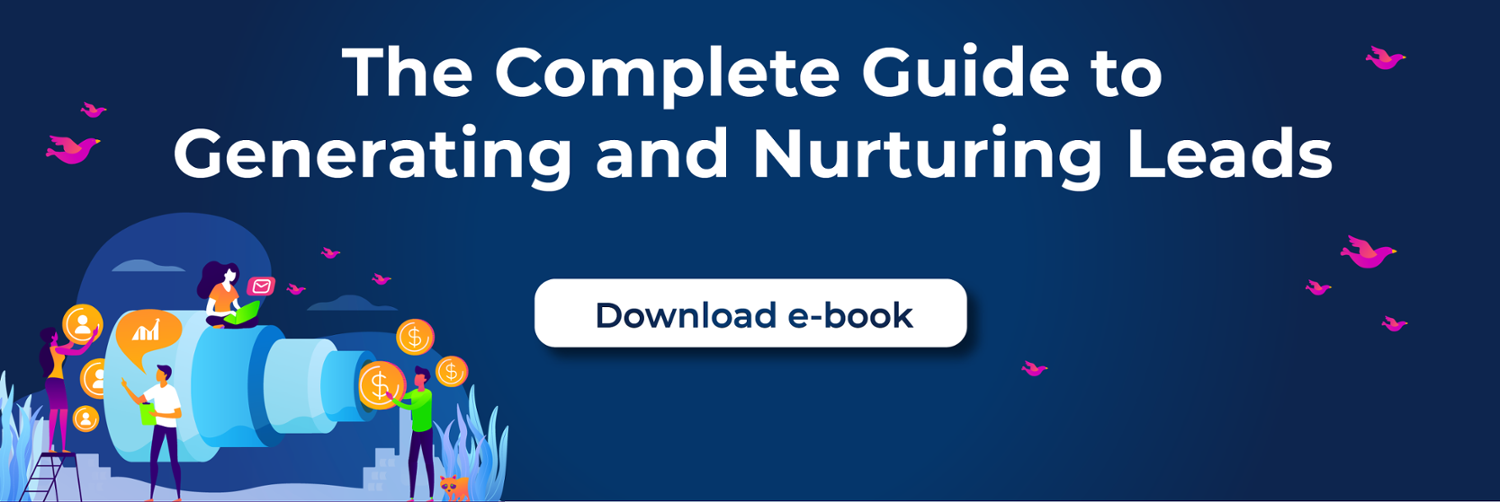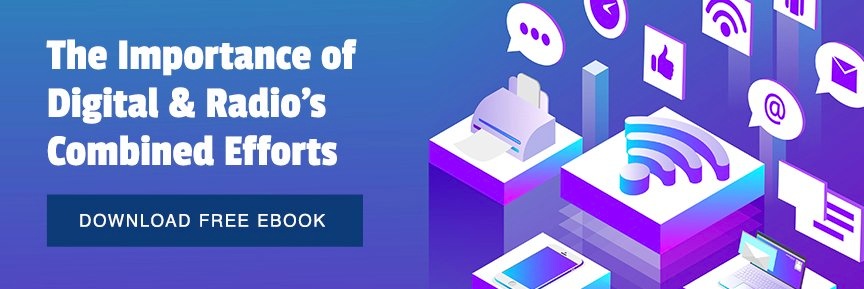One of the most significant shifts in marketing is content marketing's transition from a passive marketing tactic to directly driving sales.
Consumers prefer to spend money with brands that establish expertise and credibility by delivering helpful tips and essential information through blogs, emails, podcasts, and quality social media. Preemptively addressing questions and concerns about a topic demonstrates that customers can trust your brand to provide what they need from your product or service.
It’s no wonder that 70% of marketers are actively investing in content marketing and 24% plan to increase their investment in content marketing in the next year. Furthermore, 40% of marketers consider content an essential part of their overall strategy.
Let’s discuss how content guides prospects through the customer journey and influences your bottom line.
The Customer Journey: A Recap
The consumer journey illustrates the customer buying process for marketing insight that many brands follow to understand better where prospects are in their buying phase to appeal to them personally. There are traditionally five phases of the customer journey, which are:
- Attract — in this stage, you increase awareness of your brand and attract prospects discovering the needs or wants your product or service resolves. Attract prospects in this stage through branding, social media marketing, search engine optimization, word-of-mouth, and blog posts.
- Engage and evaluate — After consumers know the available options, they evaluate and decide what's best. This stage presents the brand's best opportunity to engage with prospects and gain an advantage over competing brands that also made it to the second stage. Customers research and read content, such as product reviews, instruction manuals, descriptions, and blog posts, to make their decision.
- Convert — By the third stage, customers have purchased and officially converted from a prospect via lead generation. From here, you must keep your brand top of mind and continue interacting via social and email.
- Retention — Retain customers after the sale by marketing further or by offering further discounts and deals. Repeat customers crucially impact your business's success since new customers costs between 5 to 25 times more than retaining existing customers. Increasing retention rates by 5% will increase profits by between 25% to 95%.
- Advocate loyalty — Finally, encourage customers to recommend your brand to friends and family, thereby attracting new customers to your brand. Social is a popular strategy for this stage because loyal customers are more likely to share posts about your brand, like your content, and refer your product or services to their followers.
How Content Influences Sales
Content marketing influences sales because it boosts your SEO, which means it's more likely that prospective customers find you online. Eighty-nine percent of consumers use search engines for purchase decisions. As you grow your SEO value, you'll build a cumulative benefit over the years. Older posts often bring high traffic rates, introducing new customers to your site years beyond their original date.
Furthermore, when you understand how customers interact with products, you can create relevant content that resonates with your audience. Building more relevant content allows you to better position your brand to attract new customers over the competition. You can show your expertise in a way that is unique to your business.
Maximize your content’s influence on sales by cross-posting and sharing it through other channels like email and social media. Email reaches current recipients with new content and announcements, helping to retain existing customers. Social media allows you to share interesting content with both new and existing customers and gives your customers the opportunity to have a conversation with you. Over time, the trust you’re building on social media will result in sales.
Matching Content to the Customer Journey
Understanding the customer journey provides insight into what information customers need, the questions they'll have, and how you can help them move on to the next step. Let this knowledge guide your content plan so that you are creating content for each stage. For example, a consumer in the Consideration phase will more likely follow through with a purchase when they find content that explains how to use the product in a unique way. At the same time, a different consumer in the Awareness stage may enjoy an article that helps them solve a problem they’re experiencing, and they learn to trust that your business will provide value to them when they’re ready to make a purchase.
Content helps establish repeat customers, developing customer loyalty and impressing customers after their initial purchase. Your current customers drive your future success since they're more valuable, and prospects are likely to trust their referral the most. Few things are a higher priority than keeping them happy and invested in your brand.
Now that content marketing has a more direct influence on sales, aligning your goals and content strategy can help you grow your bottom line. Develop a thorough understanding of the customer journey and match your content to each step so that you can grow engagement and increase your sales.



